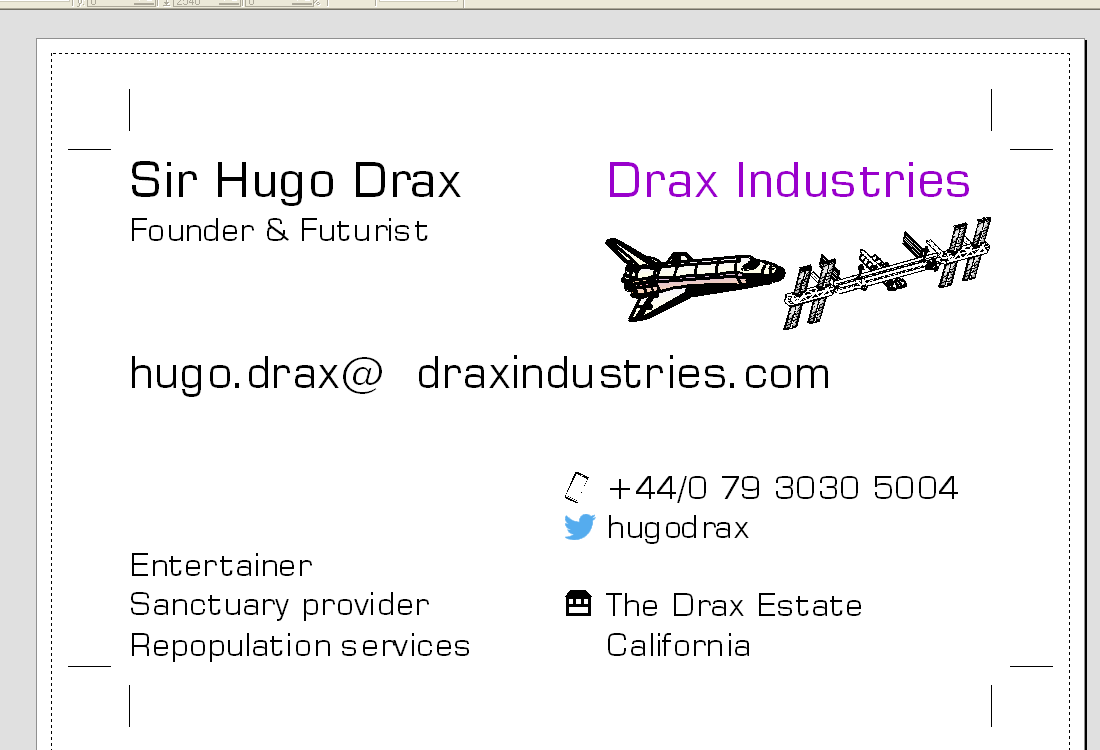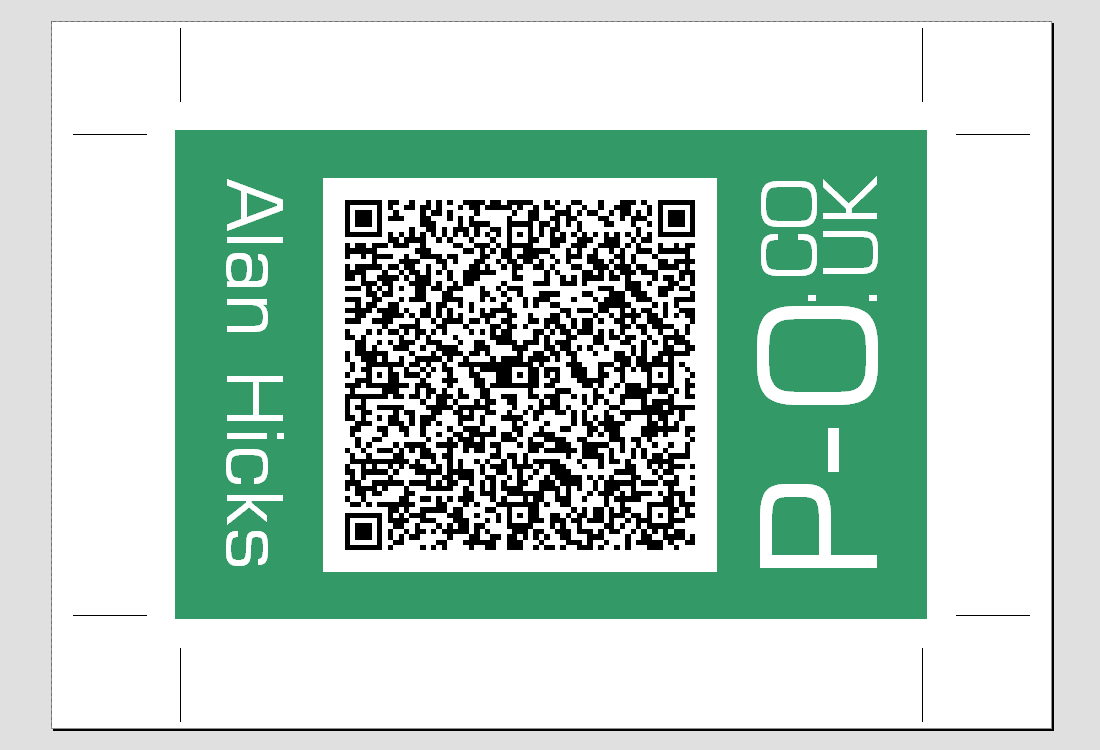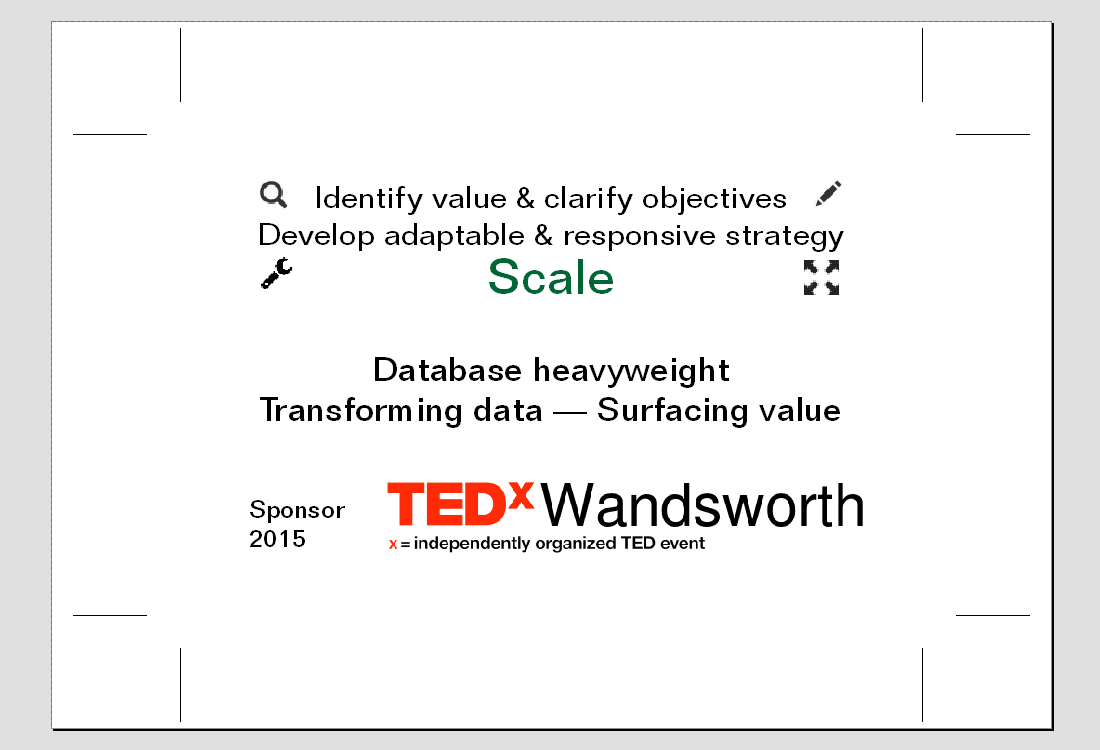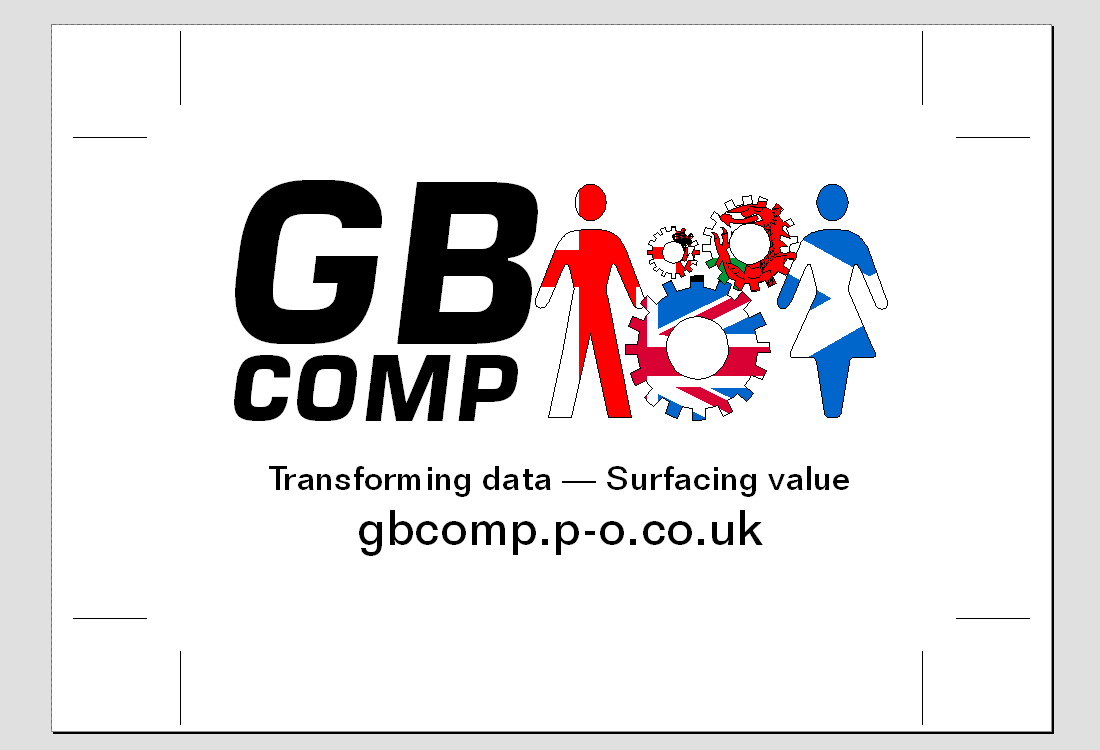Moments that matter: Business cards - what to put on them and why
Business cards are an essential part of any meeting, but who reads them, what should go on them and why? A business card 101.
This article takes a fictional business card, de-constructs its constituent parts, why they are there, when they play their part and why it's important to get strategy right before you design and use them.
Let's think about when and why we use them, take for example a meeting or networking event. Just as lovers glance each other for the first time, personalities, anticipation and emotion drive the moments that follow. In business we tend to offer our credentials early on, other than that, both part saying stay in touch and contact me we have a bright future together. By leaving our contact details, we have left something of ourselves to be remembered by, more importantly a card leaves essential key information to improve the success of any meeting.
Then think about who reads them.
Just as the meeting was full of excitement, passion and emotion, in the cold light of the next day, still full of memories of the meeting before, that same business card is a reminder of the promises and services we offered. Although personalities are important, in business it's the meeting of minds that matters more and whether the promises and services are a good fit, so the best decisions are driven by intellect and facts. As for who reads them, it could be the person it was presented to, a group who assess suitability against requirements or perhaps a third party charged with adding it to a system. As with any strategic marketing, a business card needs to support the physical meeting, deliver a clear message and be compelling enough to prompt a call to action.
From a simple 55 x 85mm card that has contact details and a few messages, how does a business card meet all those challenges?
Preparation
Working out any strategy is imperative, the example here is for business to business services where, during the initial meeting the object is to offer one of a selection of services and ensure follow up.
How would you like your prospect to contact you? If you want to meet in person then perhaps address and postcode should be prominent; by phone, then the number should be easily readable; perhaps just an email or website.
Is your brand clear, are the hooks you plan to use in your meeting prominent. Use the reverse to reinforce or expand wisely.
Initial meeting
Those first few seconds are moments that matter so it's important to get them right, it's essential to offer people what they are interested in and this is usually name and the benefits you are offering. Appealing and reflecting personality, it's the details that must shine.
A good designer will encapsulate an organisations or an individuals personality into a space 55 x 85mm.
Good design offers the most important things first, so pleasing to the eye, clear in offering a name and if relevant title. Getting initial meetings off to a good start is essential to letting us concentrate on what matters most, getting our passion and personality across and planting the hooks for later with the products and services we offer so that we can build a meaningful relationship in the short space of time we have available.
Follow-up
Sober assessment of the meeting is usually based on facts and intent, are the key benefits prominent, are the hooks from the initial meeting reinforced, is the call to action compelling, how easy is it to take that action, these moments matter most.
As space is limited and most people wear many hats or want to expand or amplify their message it's important to use both sides, there are three example reverse business cards both fun and functional.
Prominent on the front are the most important aspects: name, benefits and contact details. The address and other attributes, whilst useful background information, tend to be less important.
Most people have an email and voice number, as they are so well recognised there is no reason to label them. People recognise phone numbers so well and understand either/or it's always surprising that +44/0 hasn't replaced +44(0) a long time ago. So ubiquitous are websites and blogs that labels are distracting and www's are redundant, emails also benefit from de-duplication. By de-cluttering, the message gets through more clearly and the audience appreciates and respects the mutual understanding.
Not wanting to miss any opportunity, the reverse delivers more. From fun qr codes that deliver practical point and click faster and with fewer mistakes to product and service details that the initial meeting planted the hooks for. Even if the the time is not right, a well thought out and designed business card leaves an impression of someone who is clear in what they are offering and respects the recipient's time and intellect; a valuable asset that can be passed on.
It's always interesting meeting people, everyone is different and business cards reflect this. Next time you network, see how others network and leave their lasting impression, there's usually something new to learn and who knows, you might build useful relationships.
And finally
All client touch points and interactions are important.
By understanding which interactions support the main objective(s), when they happen, who they are for and why, it's easier to focus and make the most of those moments that matter.
by Alan Hicks



